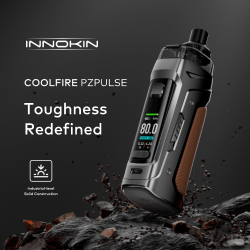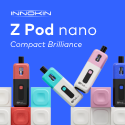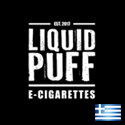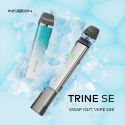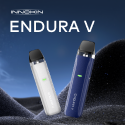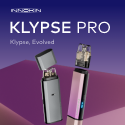THE SMOKER’S SHOW REPLAY – S02E14 – VAPING IN A COVID19 WORLD
The Smoker’s Show S02E14 – Vaping In A COVID19 World
On tonight’s show we discuss navigating the internet to support those who vape AND smoke to find products and support in a COVID19 world.
As always we take your calls and answer your questions.
COMPLETE LIST OF LINKS MENTIONED DURING THIS SHOW:
Letter to Mitch Zeller – FDA and federal government statements on smoking, vaping and COVID-19
CASAA – Vaping & COVID-19 – Information for Vapers
TasteYourJuice.com – Getting Started
TasteYourJuice.com – Vaper’s Glossary
TasteYourJuice.com – Success Stories
ECF Forum
VapingLinks Blog
Dr. Farsalinos E-cigarette Research
FIVAPE
ASHTRAY BLOG
FACEBOOK GROUP: Take One Small Step
FACEBOOK GROUP: Innokin Platform Group
ROYAL COLLEGE OF PHYSICIANS Nicotine Without Smoke
MY VAPOR STORE
ELEMENT VAPE
ELECTRIC TOBACCONIST
PB DRAGON
FF VAPORS
FIVE PAWNS
THAT 1 VAPE
FLUID VAPER
SMOKECIGNALS
DASH VAPES
ZAMPLEBOX
VAST VAPOR VIDEO: What To Expect When You Stop Smoking & Start Vaping
VAST VAPOR VIDEO: Changing Misconceptions About Electronic Cigarettes
CASAA
VAPING 360
SPREAKER: SMOKE FREE RADIO
The Smoker’s Show is a vape show not for vapers, but for smokers.
A show to get information about vaping, to debunk vaping myths, to discuss vaping terminology & technology, and to look, review, & provide starter kits for the transitioning smoker.
We urge all vapers to invite those they know who still smoke to watch the show!
#SMOKERSWANTED
#VAPINGSAVESLIVES
#WEVAPEWEVOTE
Thank you all for your support and let’s convert more smokers together!
THANK YOU TO AND PLEASE SUPPORT OUR SPONSORS!!
COUPON CODES FOR YOU…
- For 15% off your Lunar Rover order use coupon code: SMOKERSHOW
- For 15% off your Five Pawns order use coupon code: SMOKEFREE15
THE VIDEO:
*NOTE: Any use of these videos in part or in their entirety without Phil Busardo’s and Dimitris Agrafiotis’s expressed written consent is strictly prohibited.
See everything Smoker’s Show Related HERE!
A BATTERY MOOCH POST: Orbtronic 30A 3120mAh 18650…playing ratings games?
This appears to be a rewrap of the Murata VTC6, rated at 15A continuous by Murata, but the Orbtronic cells performed a bit worse than a Murata VTC6.
The VTC6 has a “temperature-limited” rating of 30A if you do not let it get hot, over 80°C. You can use it at up to 30A but at above about 17A-20A you could get more run time from the more efficient 25A cells like the Molicel P26A and the Sony/Murata VTC5A and VTC5D. This is because there is less voltage sag with these higher performance cells and that means the voltage stays up for longer when being used hard.
One issue I have with this Orbtronic cell is that the wrap has a big, bold “30A“ on it and only in the tiniest lettering can you see that it‘s not a true 30A cell. You cannot use that 30A rating to compare this cell to any others that just list their true continuous current rating!
The 40A “max pulse“ rating on the wrap is just something they made up. It’s not listed in the VTC6 datasheet and there is no standard for setting a “max pulse” rating. It cannot be used to compare these cells to any other cells.
The VTC6 has a rated capacity of 3000mAh and a nominal (typical) capacity of 3120mAh. While the capacity rating that Orbtronic uses is the nominal rating for the VTC6 be careful when using this 3120mAh rating to compare this cell to any other one. Other cells typically use the lower rated capacity number, as they should since it is a guaranteed minimum capacity.
The capacity of the two cells I tested was 3090mAh (below Orbtronic’s rating) and 3122mAh. Since the two cells I tested cannot be the lowest capacity Orbtronics out there I am rating them at 3000mAh, the rated capacity of the VTC6.
I am very disappointed to see that Orbtronic seems to be playing the same ratings games as some China battery wrapping companies.
This Orbtronic cell uses a paper top insulating ring so I recommend not allowing it to be exposed to any liquids as they could be absorbed and cause rusting under the ring. Paper rings can be more resistant to extreme heat though than plastic insulating rings.
Two cells were purchased for the purposes of testing by me.
Ratings graphic: https://imgur.com/a/B9l24e4
Full Test report: https://bit.ly/2UQHg8D
I want to work for the vaping community full time! If you feel what I do is worth a couple dollars a month and you would like early access to battery availability, battery and charger testing and news, and a say in what I test, then please consider becoming a patron and supporting my testing efforts: https://www.patreon.com/batterymooch.
These tests only note the ESTIMATED ratings for these batteries at the time I tested them. Any battery that is not a genuine Samsung, Sony, Murata, LG, Panasonic, Molicel, or Sanyo can change at any time! This is one of the hazards of using “rewrapped” batteries or batteries from other manufacturers so carefully research any battery you are considering using before purchasing.
Misusing or mishandling lithium-ion batteries can pose a SERIOUS RISK of personal injury or property damage. They are not meant to be used outside of a protected battery pack and you use them AT YOUR OWN RISK. Never exceed the battery’s continuous current rating and keep the plastic wrap and top insulating ring in perfect condition.
Any rating in my ratings tables can change at any time as different grade cells appear on the market, we get swamped with fakes, or new information becomes available to me. Please, never assume that the ratings in the tables are permanent and will never change! Always download the latest version before considering any cell purchase.
To see how other cells have tested check out this link: https://www.e-cigarette-forum.com/forum/blog-entry/list-of-battery-tests.7436/

VAPING NEWS: VAPING HELPS IMPROVE SMOKING CESSATION SUCCESS RATE
“Smokers who received smoking cessation counseling and used electronic cigarettes (e-cigarettes) containing nicotine were more than twice as likely to successfully quit smoking compared to those who received counseling but did not use e-cigarettes, in a clinical trial presented at the American College of Cardiology’s Annual Scientific Session Together with World Congress of Cardiology (ACC.20/WCC). At 12 weeks, 21.9% of participants given nicotine-containing e-cigarettes had quit smoking, 17.3% of participants given non-nicotine e-cigarettes had quit and 9.1% of participants given only counseling had quit. Overall, those using nicotine-containing e-cigarettes were 2.4 times more likely to quit than those who did not vape at all.”
ARTICLE LINK:
E-Cigarettes more effective than counseling alone for smoking cessation
THE SMOKER’S SHOW TOMORROW NIGHT AT 9PM EST – VAPING IN A COVID19 WORLD
CALL TO ACTION FOR NEW YORK STATE
From Matthew Elliott:
I’ve never been much on prayers over situations that are beyond your control. I feel they are a waste of time and only make you think you feel better. Each action has a opposite reaction. Cause and effect if you would. Now the things that happen are all attached to smaller causes and effects.
With what is happening in NY with the Vaping Industry right now there are MANY causes. Some have been building some have been more recent but they are all connected.
With that being said there are a list of things you can do to make positive changes and cause positive 3effects.
1. Take the time to CALL EVERYONE ON THIS LIST. Make your opposition to a flavor ban in the NYS budget.
2. Call your own assembly member and state your opposition to a flavor ban in the NYS budget.
3. Use the talking points provided at in this image.
4. TWEET these senators and assembly members.
5. KEEP CALLING TWEETING AND SHARING.
Praying will not get us anywhere without action!
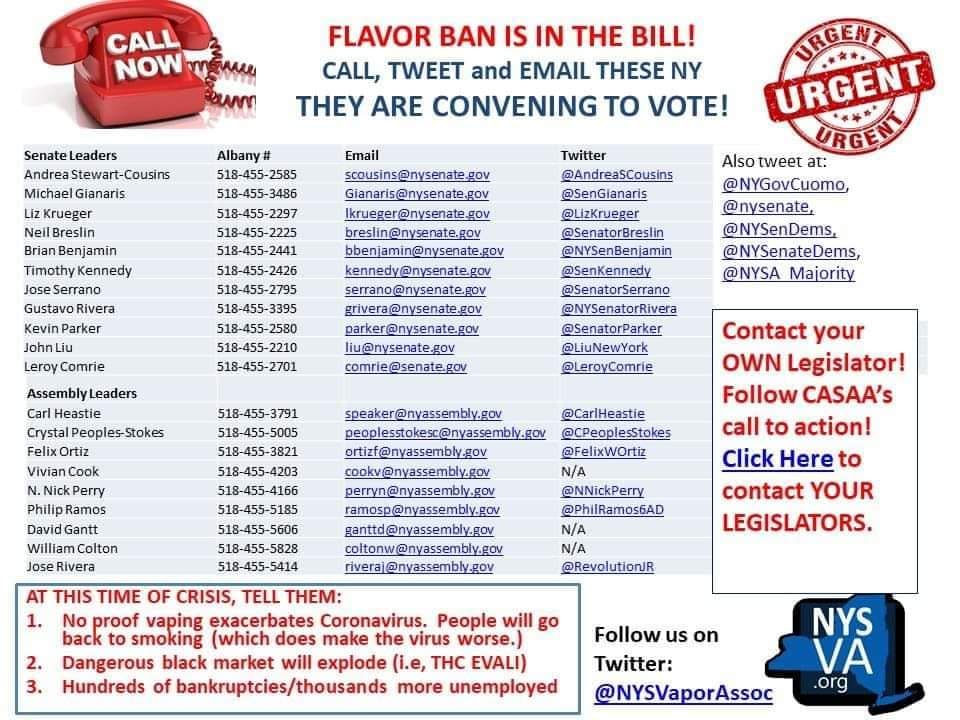
VAPING NEWS: MEDIA SPREADING VAPING + COVID-19 MISINFORMATION
“The COVID-19 pandemic has provided the media another opportunity to foment vaping-related panic. Little is known as to why some victims of this new virus are more afflicted than others. Such ambiguity presents an opportunity for the media to pick up where they left off only months ago when they were ginning up anti-vaping hysteria via a different culprit: illegal, counterfeit THC cartridges. Journalists frightened the public only to be proven wrong after thorough investigation by the CDC. Have they learned their lesson? Let’s have a look at what they are reporting about vaping and COVID-19.”
ARTICLE LINK:
Media is Woefully Irresponsible on Supposed Link Between Vaping & COVID-19
A BATTERY MOOCH POST: Vapcell H10 – 10A 1000mAh 14500…slightly overrated capacity
This is a decent 10A cell but I recommend staying under 7A/20W for better performance and less voltage sag.
The capacity for the two Vapcells I tested was 957mAh and 958mAh at 200mA (0.2C) down to 2.5V. This is incredible consistency but these cells fail to meet their 1000mAh rating. I am rating them at 900mAh.
Ratings graphic: https://imgur.com/a/vB5aD16
Full Test report: https://bit.ly/3bxwFq0
I want to work for the vaping community full time! If you feel what I do is worth a couple dollars a month and you would like early access to battery availability, battery and charger testing and news, and a say in what I test, then please consider becoming a patron and supporting my testing efforts: https://www.patreon.com/batterymooch.
These tests only note the ESTIMATED ratings for these batteries at the time I tested them. Any battery that is not a genuine Samsung, Sony, Murata, LG, Panasonic, Molicel, or Sanyo can change at any time! This is one of the hazards of using “rewrapped” batteries or batteries from other manufacturers so carefully research any battery you are considering using before purchasing.
Misusing or mishandling lithium-ion batteries can pose a SERIOUS RISK of personal injury or property damage. They are not meant to be used outside of a protected battery pack and you use them AT YOUR OWN RISK. Never exceed the battery’s continuous current rating and keep the plastic wrap and top insulating ring in perfect condition.
Any rating in my ratings tables can change at any time as different grade cells appear on the market, we get swamped with fakes, or new information becomes available to me. Please, never assume that the ratings in the tables are permanent and will never change! Always download the latest version before considering any cell purchase.
To see how other cells have tested check out this link: https://www.e-cigarette-forum.com/forum/blog-entry/list-of-battery-tests.7436/
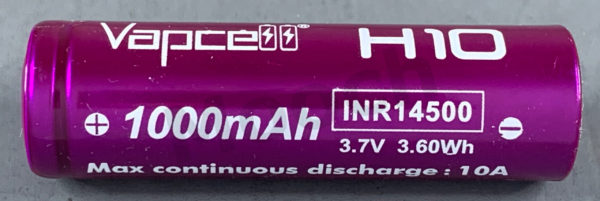
FROM REGULATOR WATCH – Sound Science? | Renowned Researcher Talks Vaping Policy & Panic
Here’s the latest from Brent Stafford at Regulator Watch:
Guest: Dr. Kenneth Warner, Dean Emeritus, Prof. Emeritus, School of Public Health, University of Michigan | Member of FDA’s Tobacco Products Scientific Advisory Committee and Health Canada’s Science Advisory Board on Vaping Products
It’s a turbulent time for vaping. Over the past 24-months the industry struggled to manage one crisis after another: panic over the so-called teen vaping epidemic; hysteria over the so-called vaping-related lung illness; a mad rush to ban vaping products; and vicious attacks by anti-vaping activists exploiting the COVID-19 pandemic for ideological gain. All the while, fending off an endless stream of suspect science and a rowdy regulatory process.
Essentially, the turbulence is fueled by a battle within public health over tobacco harm reduction; the divide is continental, both in space and mind.
Joining us today to talk these issues and more is Dr. Kenneth Warner. Over his 45-year career, he’s presented in over 250 professional publications, served as the World Bank’s representative to negotiations on the Framework Convention on Tobacco Control (the world’s first global health treaty,) served as Senior Scientific Editor of the 25th anniversary Surgeon General’s report on smoking and health and was a founding member of the Board of Directors of the Truth Initiative.
What insights will he share about the issues and challenges facing vaping?
Find out, only on RegWatch, by RegulatorWatch.com.
P.S. if you are not a supporter yet (nudge nudge) please click below.
Support makes RegWatch happen (CLICK HERE)
FROM THE VTA – VAPOR TECHNOLOGY ASSOCIATION LAUNCHES TV AND MULTI-MEDIA CAMPAIGN CALLING ON GOVERNOR DESANTIS TO VETO SB 810 TO PROTECT FLORIDA’S ECONOMY AND PUBLIC HEALTH
SB 810 goes well beyond federal law and would impose broader flavor ban targeting the essential small businesses, further decimating Florida’s economy
Washington, D.C., March 26, 2020 — The Vapor Technology Association (VTA) is launching its Veto SB 810 advertisement campaign in Tallahassee, Florida to urge Governor DeSantis to veto legislation that would ban the sale of flavored e-liquids sold to adults by over 800 small businesses in Florida.“Florida’s Economy” highlights the devastating economic and public health consequences this bill would have on the state of Florida. “Florida’s Economy” airs starting Friday, on CNN and Fox News programming in Tallahassee, Florida.
See the video HERE
As our country confronts the challenges of the COVID-19 pandemic, small businesses in Florida face unprecedented economic uncertainty. The ad “Florida’s Economy” is part of the “Vapers Say Veto” digital campaign that VTA launched today. The campaign is intended to illuminate the devastating economic impact SB 810 would have on the state if Governor DeSantis signs it into law.
A recent economic impact report entitled Senate Bill 810’s Flavor Ban Will Decimate Florida Small Businesses, prepared by economists John Dunham & Associates (“Dunham”), reveals that if Governor DeSantis signs SB 810 more than 4,500 Floridians will be put out of work and more than $186 million in wages and benefits will be lost. In addition, the report concluded that a Florida flavor ban would result in the loss of $605.6 million in economic activity for the state.
“With the COVID-19 crisis disrupting everyday lives throughout the United States and Florida, this is the worst possible time to be shutting down small businesses and ruining the livelihoods of hard-working Floridians and taking away any hope of a recovery,” said Tony Abboud, Executive Director of the Vapor Technology Association. “VTA urges Governor DeSantis to reject this small business killing ban and instead consider all the common sense alternative regulations that can be implemented to achieve the twin goals of restricting youth vaping (which already is illegal for anyone under 21) while preserving flavored vapor as an alternative for adults desperately trying to quit smoking.”
Estimates are that 1,300,000 adult Floridians use vapor products. Studies demonstrate that adults rely on a wide variety of flavors to quit or reduce smoking. A flavor ban would drive them back to combustible cigarettes, which take the lives of nearly 1,300 Americans every day, or will create a new and burgeoning black market. According to the Florida Department of Health, “28,600 adults in Florida die from smoking (443,000 deaths a year nationwide) every year. For every person who dies, another 20 suffer from one or more serious illnesses from smoking.”
“Shutting down already regulated small businesses which are selling legal FDA-regulated products is the fastest way to create an explosive new black market in Florida,” said Abboud.
Importantly, SB 810 does nothing to address youth usage and goes far beyond the federal law. Last year, President Trump signed the law raising the purchase age to 21 for both tobacco and vapor products, thus making 21 the age in Florida. In addition, earlier this year, the FDA imposed a federal flavor ban for the pod-based systems that FDA stated were overwhelming used by youth. The Florida law would ban flavor for open systems that are the choice of adults seeking a safer alternative to combustible cigarettes and which are sold in hundreds of vape shops all over the state.
Fortunately, there exist many alternatives to a flavor ban that would much more effectively limit youth access and appeal without threatening public health and the economy. VTA’s comprehensive plan includes removing products from shelves that have packaging that would appeal to minors, stricter penalties for retailers caught selling to kids under the age of 21, a “three strikes and you’re out” enforcement regime; and increased funding for education and enforcement, among other key policies.
Abboud added: “Bans don’t work; they never have. As we have said from the start, we will continue to work with the Florida legislature on the many real solutions that should be implemented to restrict youth vaping, which is already illegal, and prevent yet another public health crisis from happening. Because that is exactly what will happen if adults are forced to return to combustible cigarettes or find their desired products on the black market.”
This is the latest in a series of efforts that Vapor Technology Association has launched to protect adult access to flavored vapor products and follows its multimedia advertisement campaigns, “I Vote” and “Promises,” which also demonstrate the significant public health consequences of a ban on flavored vapor products.
About the Vapor Technology Association
The Vapor Technology Association is the U.S. non-profit industry trade association whose 1000+ members are dedicated to innovating and selling high quality vapor products that provide adult consumers with a better alternative to traditional combustible cigarettes. VTA represents the industry-leading manufacturers of vapor devices, e-liquids, flavorings, and components, as well as the largest wholesalers, distributors, importers, and e-commerce retailers, in addition to hundreds of hard-working American brick-and-mortar retail store owners throughout the United States. Follow us on Twitter.
FROM CASAA – #EssentialToUs – Keep Vape Shops Open!
As I’m sure you’ve noticed, states are responding to their own outbreaks of COVID-19 by implementing different versions of social distancing and shutting down non-essential services. While some of these businesses are being granted exemptions (for example, restaurants can still offer curbside pick-up and delivery and liquor stores are open with strict social distancing protocols), there are questions about whether or not vape shops are allowed to remain open in any capacity.
Tell your governor that vape shops are essential services
Take Action – Send a Message | Post a TweetWe know from recent experience that denying people access to vape shops will send many of them back to smoking. During these state and local shutdown orders, gas stations, convenience stores, groceries, and pharmacies are being allowed to remain open. Obviously, food, fuel, and medicine are essential, but these retailers also sell combustible tobacco and do so without providing access to the full range of safer alternatives. FDA guidance prohibits them from selling the full range of vapor products, and these retail environments will never be able to replicate the service provided by vape shops.
Governors need to hear from consumers about how important it is to maintain access to vapor shops–especially in a time of crisis. Under high stress and with limited options, it is very likely that we will see hundreds of thousands of people go back to smoking.
Thank you for taking action & we hope you are well,
Alex Clark
CEO, CASAA






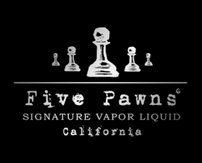








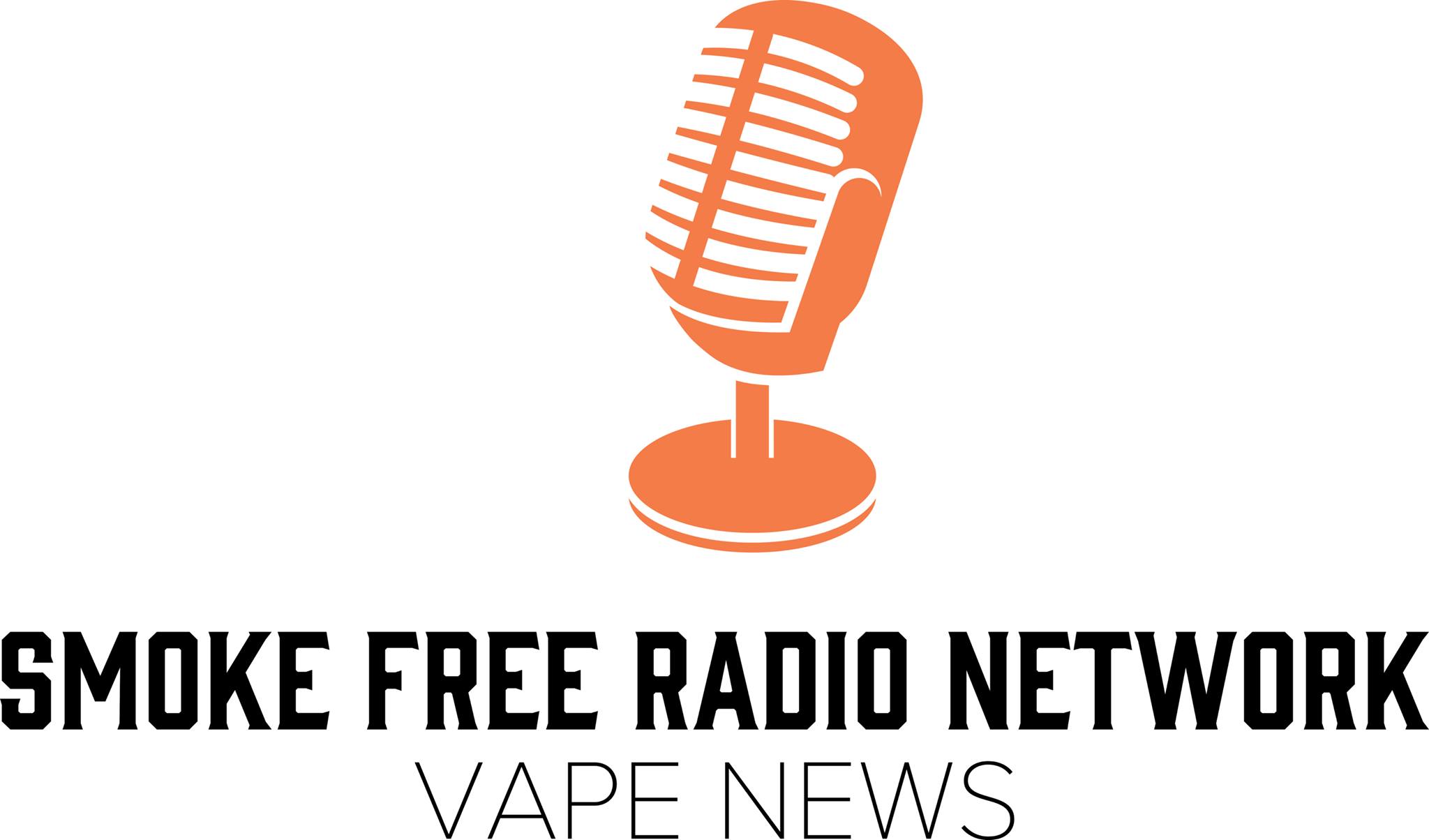



 Store
Store



